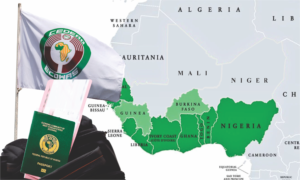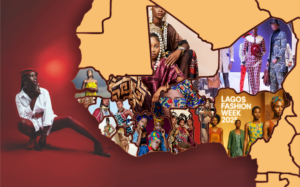In the Sahara, a friendly dance competition carries on an ancient festival tradition
In one hand, the dancers hold swords symbolizing battle. In the other, a piece of cloth symbolizing peace. They dance a shuffling “step-step” to the beat of drums and chanting from the women encircling them, all adorned in their finest traditional garments and jewelry.
They’re performing the rituals of the 3,000-year-old annual Sebeiba festival of Djanet, a southeastern Algerian oasis town deep in the Sahara, just over 200 kilometers (about 125 miles) from the Libyan border.
Sebeiba is a core tradition of the Tuareg people, native to the Sahara and parts of West Africa. The Tuareg are Muslim, and their native language is Tamasheq, though many speak some combination of French, Modern Standard Arabic, Algerian Arabic (Darija) and English.
The festival lasts 10 days, and ends with a daylong dance competition between two neighborhoods in Djanet — Zelouaz, or Tsagit, and El Mihan, or Taghorfit. The winner is decided by judges from a third neighborhood, Adjahil, by selecting the group with the most beautiful costumes, dances, jewelry, poetry and songs.






